Elephants could inspire the robots of the future
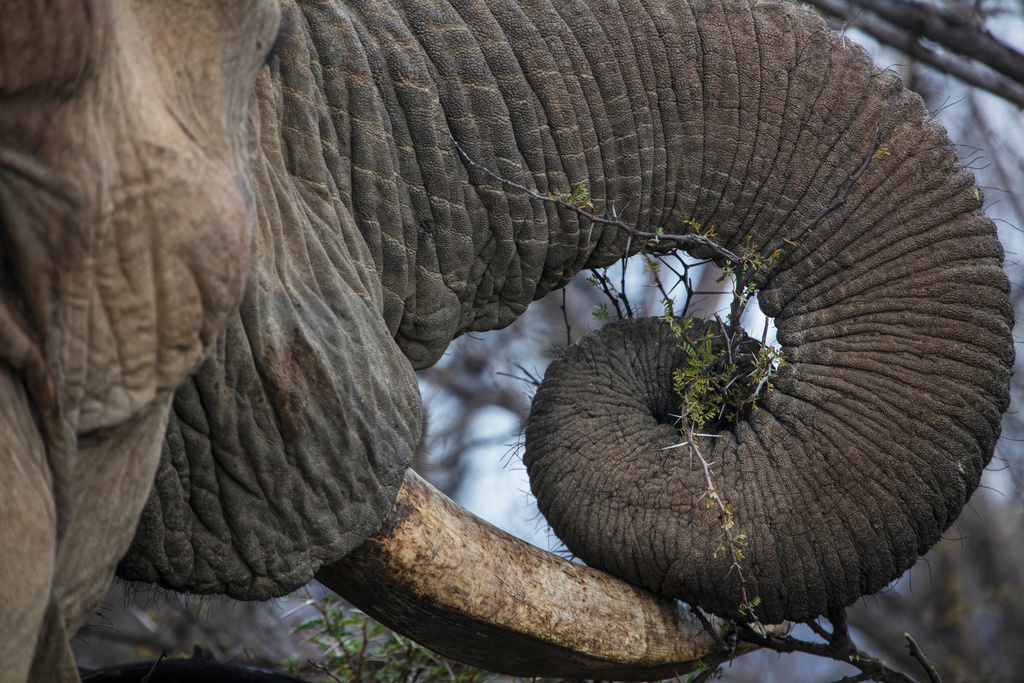
A robotic arm inspired by an elephant’s trunk? It doesn’t exist yet, but it is the subject of an unlikely collaboration between Italian robotics experts and Swiss biophysicists, thanks to a European innovation fund.
The announcement that a team from the University of Geneva had analysed how elephant trunks work with the aim of creating a robotic arm made the headlines this summer. Elephant trunks are both flexible and powerful, as well as extraordinarily versatile – much more so than any man-made machine. But how did the scientists come up with the idea of applying it to robotics?
“We had already worked on elephant skin, which is covered by a network of tiny channels used to regulate their body heat,” said Michel Milinkovitch, a professor at the Department of Genetics and Evolution at the University of Geneva. “Our 2018 publication [on the topic] caused quite a stir: National Geographic and the BBC covered it, so people who are interested in elephants knew about us.”
€3.5 million from Brussels
Among those was the Italian Institute of Technology, in Pontedera, near Pisa. Three years ago, its robotic arm project inspired by an elephant’s trunk won €3.5 million (CHF3.8 million)) from the European Commission’s Horizon 2020 research funding programme.
The institute was in contact with Michel Milinkovitch before submitting its file to Brussels. “It was good timing,” Milinkovitch said. “I had access to semi-tame elephants in South Africa and I also had two trunks in my fridges because we are in contact with zoos which donate us the bodies when an animal dies.”
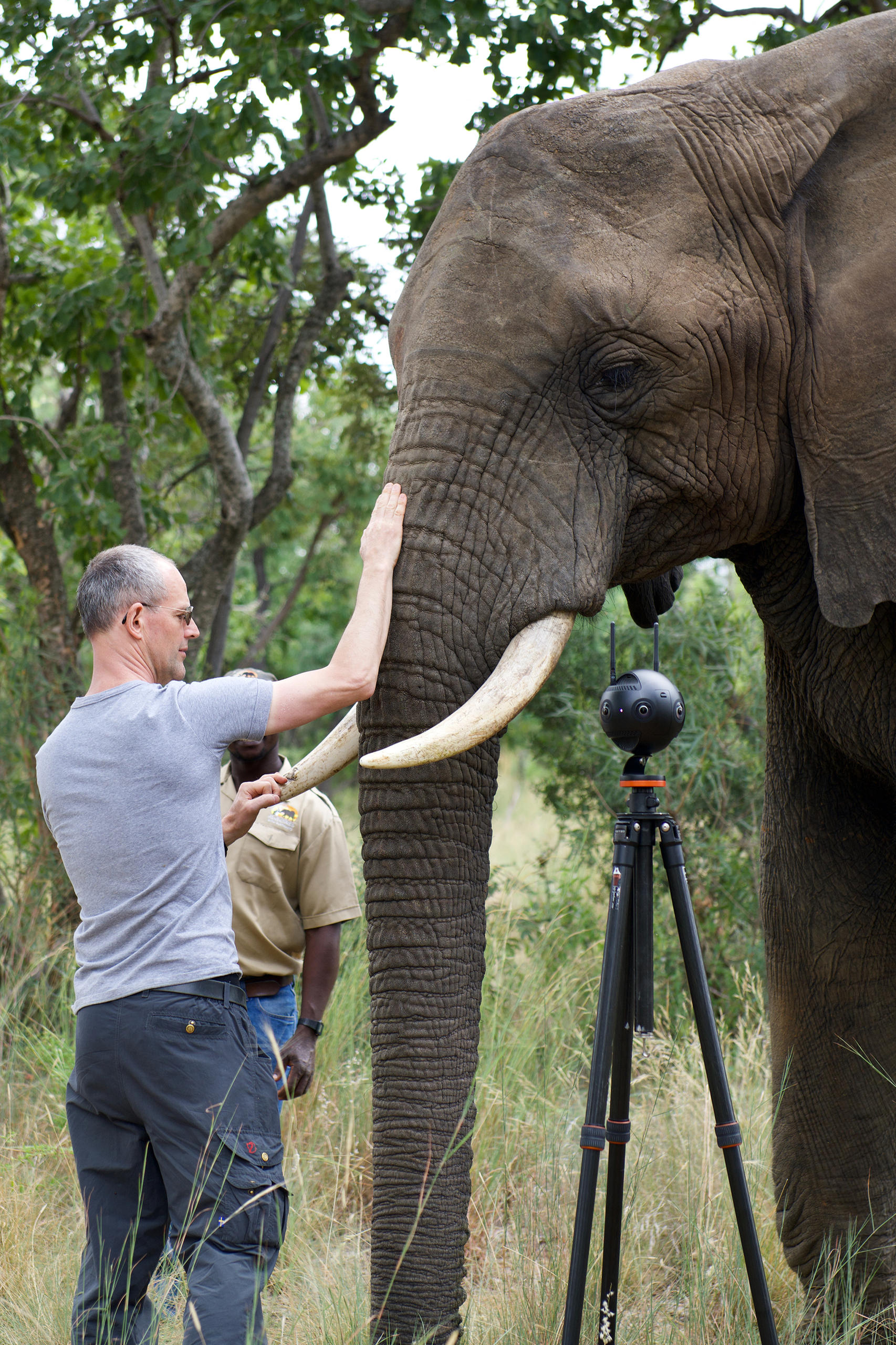
Like the movie Avatar
So the professor set off for Pretoria with his suitcases full of high-tech equipment that is more commonly used in Hollywood productions – for a motion animation technique that has been used create the Na’vi people in the film Avatar and Steven Spielberg’s Tintin characters.
But instead of placing reflective markers on actors’ faces and overalls, the Geneva team put them on several points along the elephant’s trunk. They then captured the trunks’ trajectories with high-precision cameras and everything was modelled in 3D.
The results were astounding: the elephants were found to use around 20 simple basic movements, which they combine for complex manoeuvres such as making a curve, forming pseudo-joints (similar to the structure of a human elbow or wrist) or lengthening and narrowing the trunk.
An elephant therefore knows how to use its trunk to pick a flower without damaging it, but also how to lift a trunk weighing 300 kilogrammes. It can also use the trunk to suck and spit out liquids. And all this without the appendix having the slightest bone structure.
Back in Switzerland, the Geneva team also scanned the trunks of dead elephants using classic medical imaging methods to understand which combinations of muscles were driving these movements. The resultsExternal link were published in August in the journal Current Biology.
The work of Michel Milinkovitch’s team summarised in five minutes (video in English)
Aeroplane example
The research has now moved on to the robotic phase. “It’s reverse engineering,” explained Milinkovitch. “We have described and quantified these movements. The Italian robotics experts will try to reproduce them – not necessarily by copying them, but rather by drawing inspiration from them.”
An aeroplane is good example of this type of bio-inspired technology – it has wings with the same profile as those of a bird, but it does not flap its wings.
So even if you put motors into an artificial trunk, it won’t be able to reproduce all the elephants’ 20 basic movements. But maybe five or 10 would be enough. The idea is to produce a flexible robotic arm capable of detecting, reaching, grasping, manipulating and releasing a whole series of objects.
The potential applications are numerous: from a robot that can classify objects of different shapes and sizes, to helping rescuers in disaster zones. The tool could also offer robot assistance to older people.
Industry knocking on the door
But for Milinkovitch and his team the adventure is far from over. “We will still be in demand,” he said. “The trajectory sequences still need to be modelled, and when they have their robot, we’ll redo a trajectory analysis to compare the machine with real trunks.”
And once the arm is built it will have to be covered in some way. We know that the question of surface contact is central in robotics: how can a metallic hand have the delicacy required to grip a flower without crushing it?
Here the Geneva team’s experience working on elephant skin could help the Italians.
“We should have a first prototype in about 18 months,” said Milinkovitch. “Several manufacturers are already knocking on our door. I cannot give names at this stage, but I can tell you that the interest is real.”
Too beautiful
These two studies on elephants have taken Milinkovitch quite a way from his usual areas of expertise, as a glance through his long list of his publications will attest.
He has previously looked at the relationship between robotics and (for example) the photonic crystals that allow chameleons to change colour. He has also analysed the genetic fingerprints of whale ancestors and researched the giant tortoise populations of the Galapagos.
“ Science today is too compartmentalised. We have to choose a discipline, but these boundaries are very artificial. Besides, nature ignores them ” Michael Milinkovich
But he feels comfortable with that. “Science today is too compartmentalised,” he said. “We have to choose a discipline, but these boundaries are very artificial. Besides, nature just ignores them.”
“The problem is that sometimes scientists are not aware of the fundamentals of other disciplines,” he continued. “So if I write an equation on the board, my students panic because they are not in a maths class. But it’s enough to show them that an equation can be the simplest way to describe a phenomenon, or a relationship.”
So yes, robots inspired by elephants are “very particular compared to what we usually do”, admitted Milinkovitch. But he adds: “I could not refuse this project though. It was just too beautiful.”
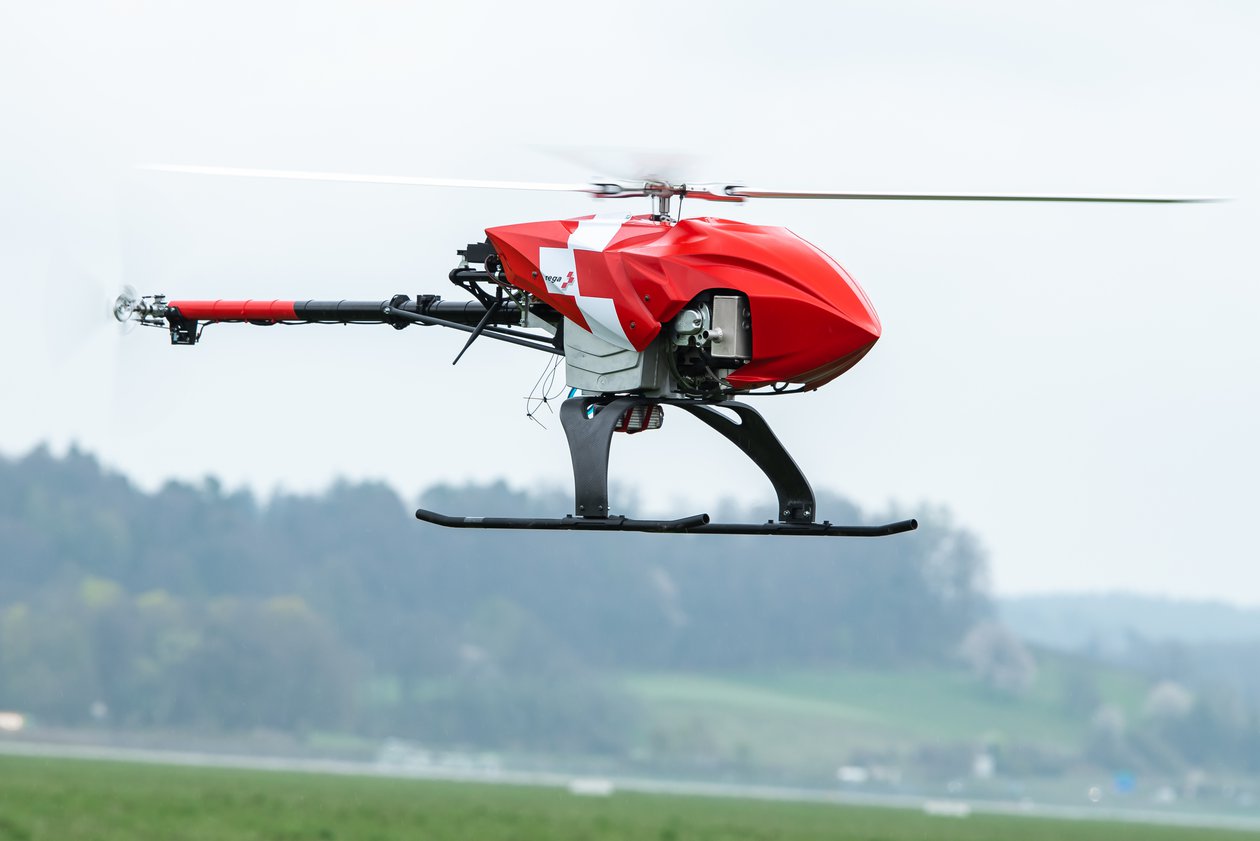
More
Swiss drones to the rescue!

In compliance with the JTI standards
More: SWI swissinfo.ch certified by the Journalism Trust Initiative

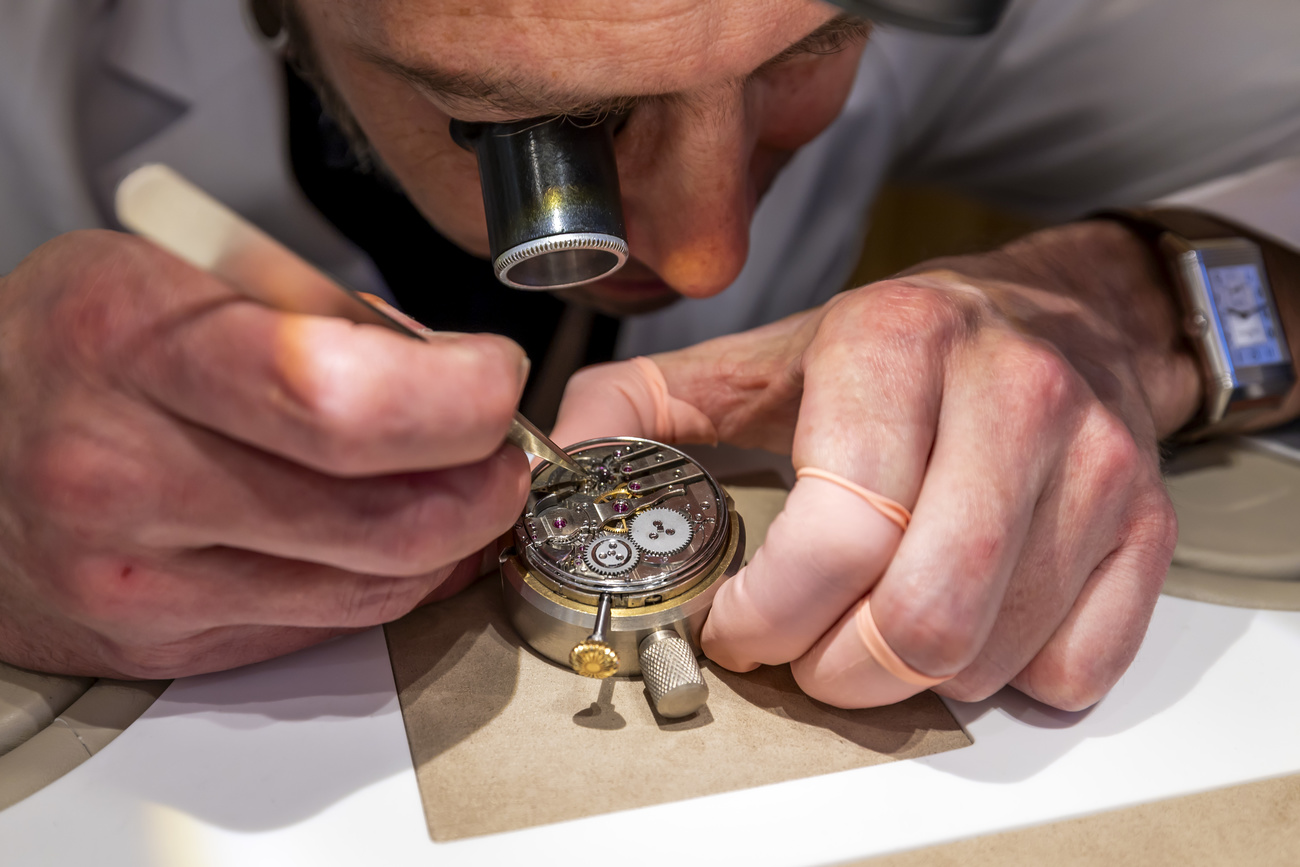

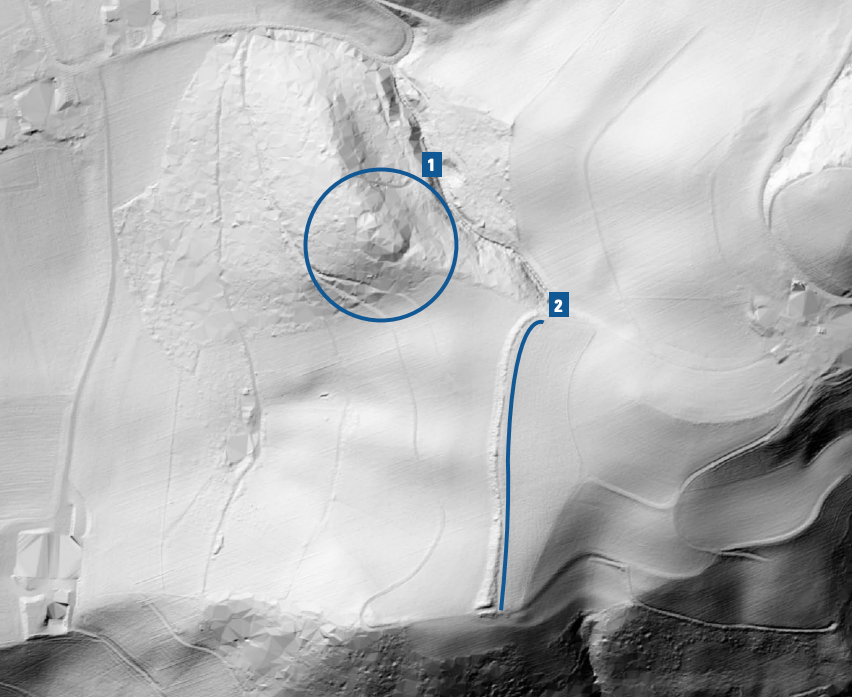







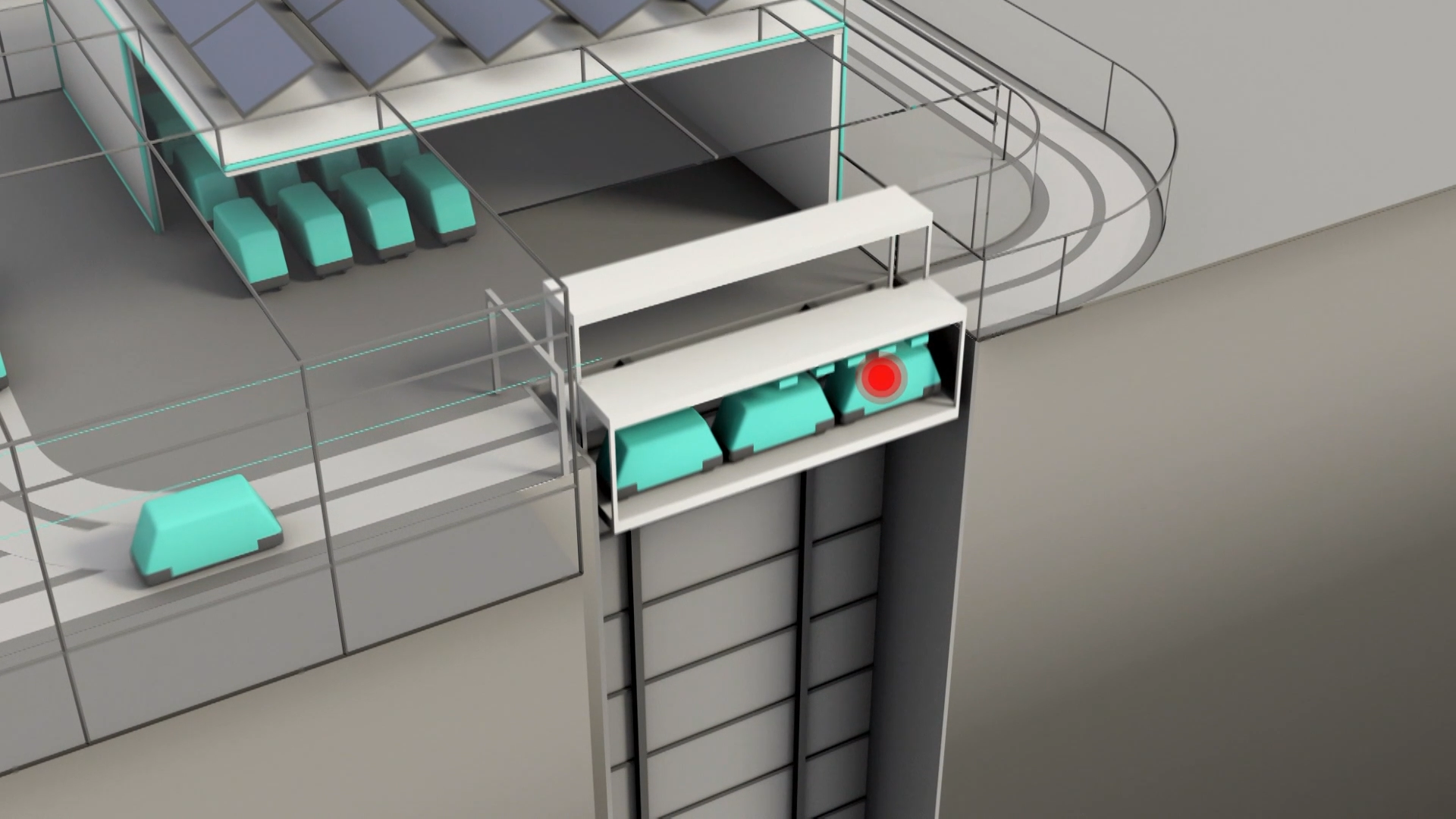
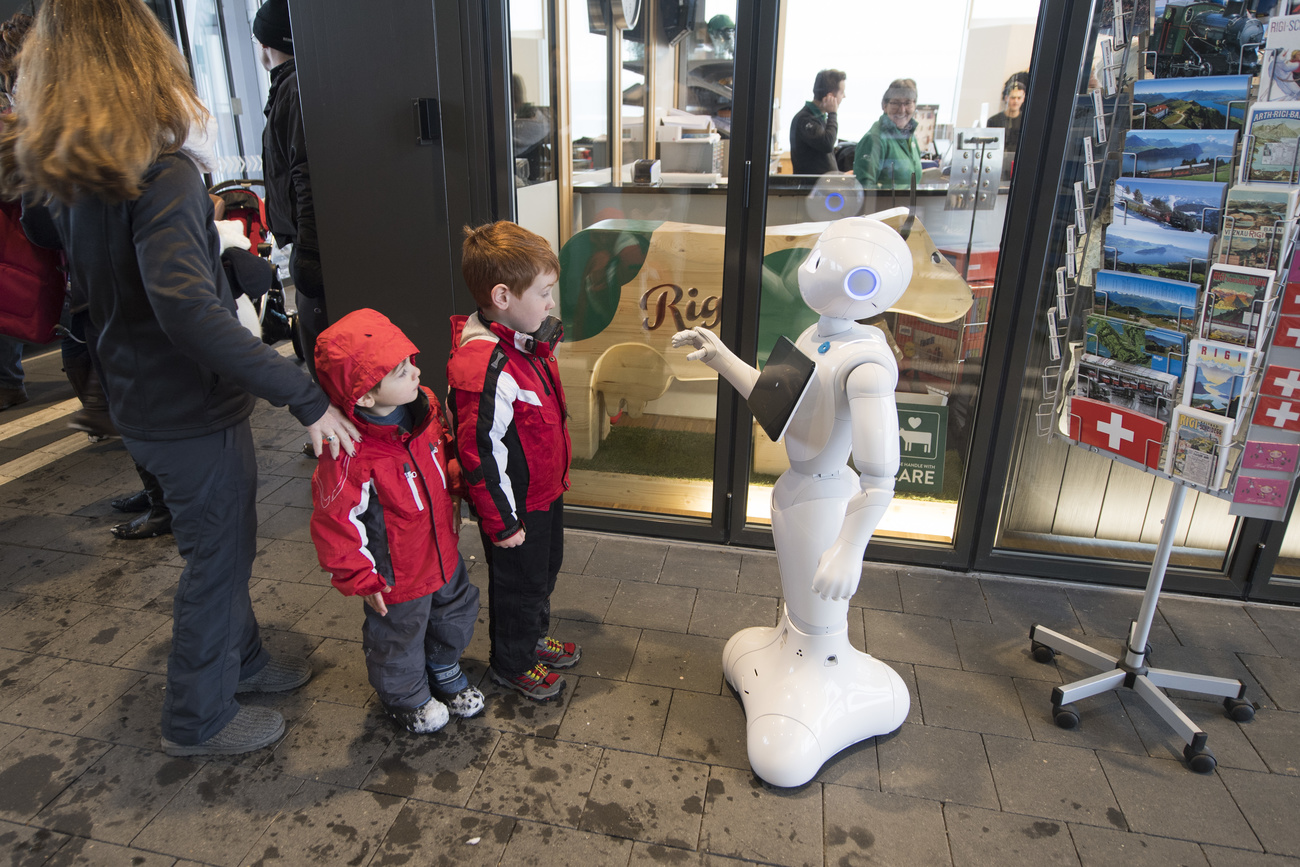
Join the conversation!